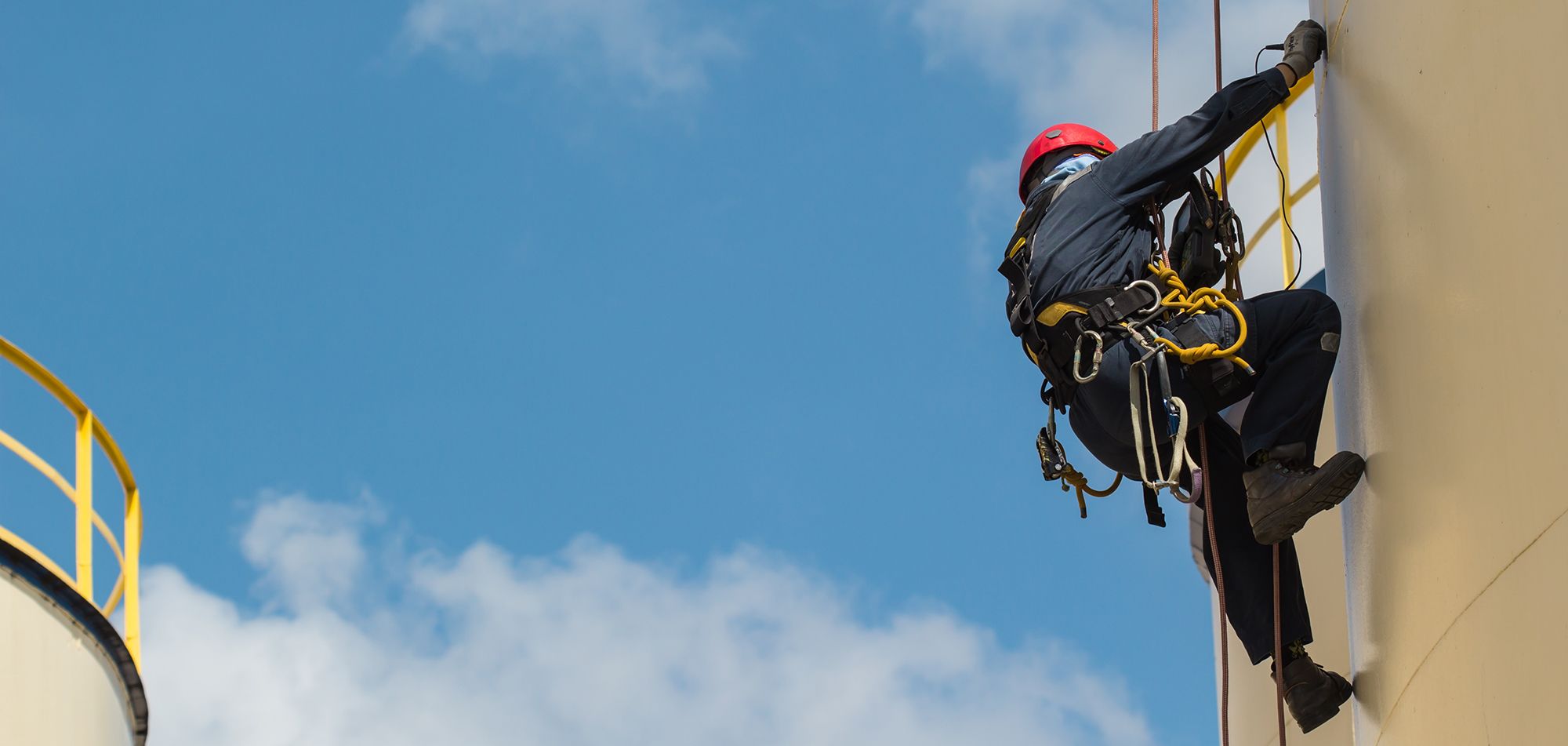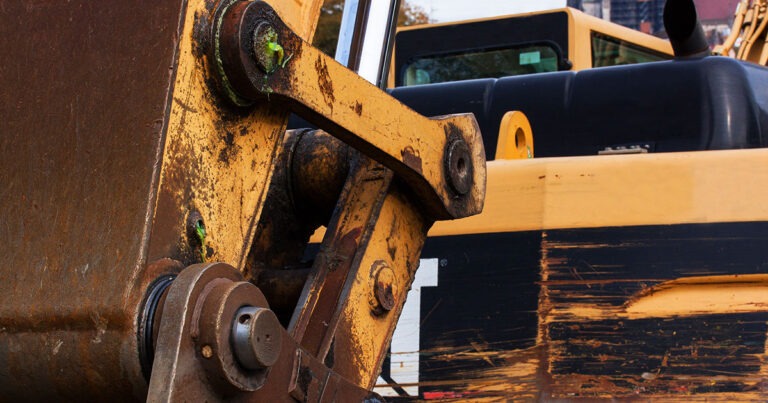
The only way to safely stop a falling worker is a fall arrest system. To achieve this effectiveness, it is essential that the vertical distance traveled by the body, as a result of the fall, be as small as possible. Of course, the braking of the fall should harm the worker as little as possible, providing adequate suspension until the rescue teams arrive.
Specialists of the Miller brand explain the considerations in the development of a safety program for work at height. Regulatory agencies clearly state that it is the employer’s responsibility to establish a fall protection program that complies with the regulations.
The most effective programs are those in which employers work closely with their workers to identify fall hazards. In this way, a complete program of fall protection can be established jointly. As much as to eliminate the risks of falling or to provide adequate protection against them.
It should be noted that regulatory agencies have increased fines for non-compliance with regulations and negligence. However, infringement notices can be avoided by employers who are actively interested in the welfare of their employees by establishing an adequate fall protection program.
Compliance with standards is important, but even more important is an adequate fall protection program that can eliminate, or noticeably reduce, injuries sustained at work. Additionally, it impacts insurance costs and other related expenses.
Development of a safety program for work at height
The fall protection product manufacturing industry has a large number of regulations and standards. It is essential to understand these requirements in order to guarantee a safe work environment.
The American Standards Institute (ANSI) and the Canadian Standards Association (CSA) are voluntary organizations, made up of manufacturers and consumers, who establish performance standards for the safety of fall prevention products. When the products meet the standards, it means that they passed accepted testing procedures. Standards can not be enforced as law, however, many OSHA regulations are adopted from ANSI standards.
The application of regulatory requirements depends on the specific location, industry and operation of the workplace. In the case of an inspection, the way in which the company complies with the regulatory requirements of each particular position will be evaluated.
Hazard identification
A well-conceived fall protection program begins by identifying the hazards of falls in the workplace. As a general rule, when a worker is taller than 1.2 m (4 ft), there is a fall hazard, according to OSHA. When there is a fall hazard, there are two acceptable options: first, eliminate the hazard or, second, provide protection against it. In an ideal situation, it is best to eliminate the danger. Since this is often not possible, other measures are required such as wearing personal protective equipment.
Written fall protection program
After identifying the hazard, a written program should be developed to specify how to handle each hazard. If safe working practices and operating procedures can eliminate the hazard, then such procedures should be specified in the program.
In cases where it is impossible to eliminate the hazard, the plan must establish which fall protection measures should be taken, how they should be taken and who is responsible for supervision and training in general. The program needs to be received and clearly understood by all participants.
Product selection
The company must know the available types of fall protection products and decide which are the best for the workplace. Because all work environments differ, it is impossible for the manufacturer to determine exactly which fall protection products will provide maximum protection in each job. Understanding how fall prevention products work and knowing the differences in their operation, the employer can select the most suitable products for their workers.
Training
All workers must be trained in the use of fall protection equipment before using any such product. Workers must be able to recognize potential fall hazards, determine which products to use in specific work environments, demonstrate proper anchoring procedures, etc. Employees must also learn the inspection and maintenance procedures, as well as the proper way to put on the fall arrest equipment.
Functional categories of equipment
Stopping falls. As a general rule, it is recommended to use a fall arrest system when working at heights of 1.2 meters (4 feet) or more. The system consists of anchor and anchor connector, rigging (full body harness), connection device (life line with impact absorber or self-retracting lifeline).
Positioning system or displacement restriction. It serves to keep a worker in his place, at the same time that allows him to work with his hands free at high altitudes or limits the movement of the worker to prevent him from reaching a place where there is a danger of falling. A normal displacement positioning and limitation system consists of anchorage and anchor connector, rigging (full body harness), connection device (positioning lanyard).
Suspension. Suspension systems are widely used in window washing and painting, and serve to lower and provide support to the worker while allowing you to work with your hands free. A common suspension system includes: anchor and anchor connector (anchor bolt “D”, skate, carabiner, etc.); rigging (full body harness); connecting device (work string); suspension device (wheelchair).
Pick up The collection system is primarily for use in confined spaces, in cases where workers must enter tanks, sewer records, etc., and it may be necessary to pick them up from above if an emergency occurs. A collection system usually consists of anchorage / anchor connector (tripod and davit), rigging (full body harness) and connecting device (retractable lifeline / collection unit).
Training for prevention and protection against fallout
Training is an integral part of safety programs for work at heights. To maintain a safe and productive work environment, it is vital that workers responsible for performing tasks at certain heights:
Recognize the dangers of falls.
Evaluate the risk inherent in each hazard.
Keep the danger under control through prevention and protection measures.
Source:

Since the end of 2019, the global reality was affected by a situation that, as we all know, has changed the lives of many families and businesses. Everyone, in one way or another

Como proveedor industrial, en Eymaq hemos dedicado buena parte de nuestros últimos años de historia a entregar soluciones a la industria minera en todo el continente americano (Norte, Centro y

La lubricación de maquinarias y equipos en grandes industrias como la minería, es un mercado amplio con una gran variedad de ofertas y alternativas. A su vez, el mantenimiento de
13775 SW 145 CT Miami FL 33186
+1 (305) 232-2621
contact@eymaq.com
Edificio Platinum Plaza Torre B
Andres Reyes 437, Oficina 602
San Isidro, Lima
+51 (1) 705-8265
ventasperu@eymaq.com
Calle 138 # 72A – 40
Oficina 404
Bogotá, Colombia
+57 (601) 508-4341
ventascolombia@eymaq.com
Hola, haz clic en uno de nuestros representates para chatear por Whatsapp